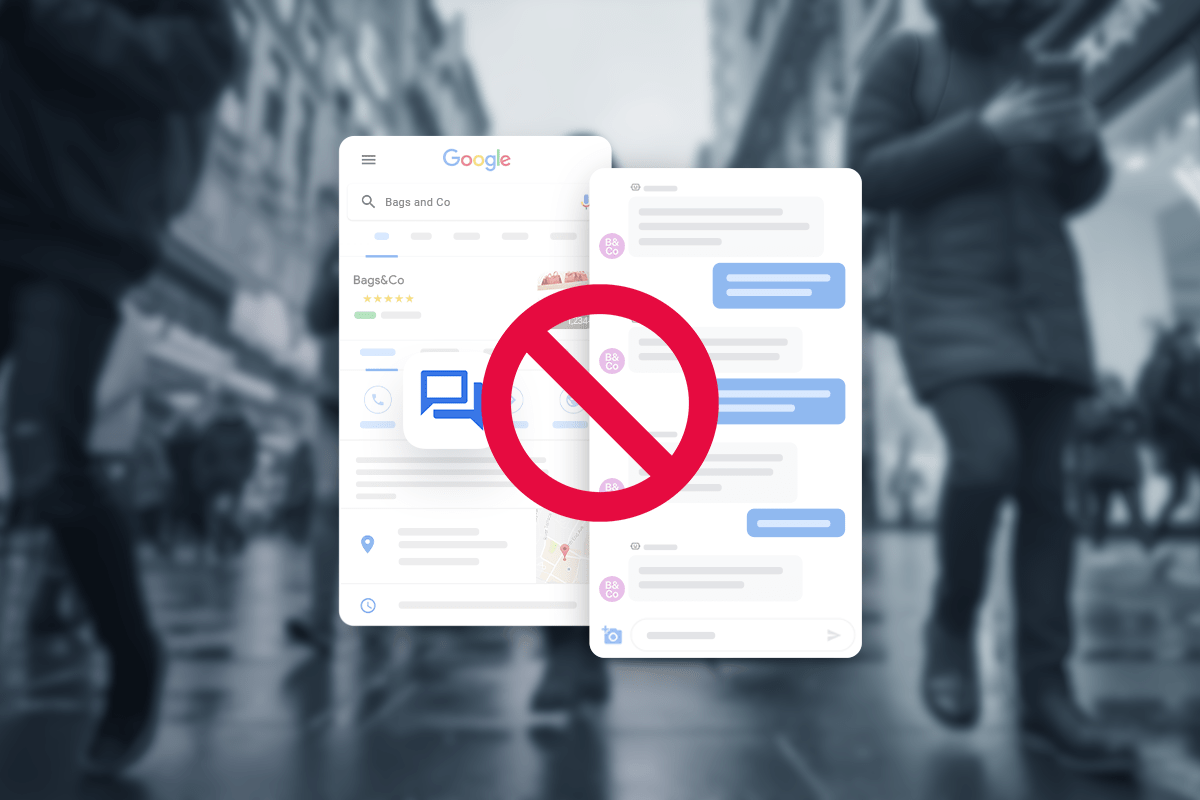It’s more than just reporting potholes. Cities are transforming through the use of 311 by providing citizens with information on anything and everything – from where they can take defensive driving, to when the library on Main Street opens, to getting building permits. When citizens need non-emergency government information, 311 is quickly becoming where they turn. Since its inception, 311 has evolved with technological advances into a multi-channel service that connects citizens with their government, while also providing a wealth of data that improves how cities are run.
Cities are now thinking about 311 as if citizens are customers, and doing a lot of the same things you see innovators in the private sector doing today. Ideas that embrace user-centered design and improved customer experience are becoming a focal point of local government’s strategy.
As a growing number of businesses recognize the ubiquitous nature of messaging, municipalities are asking themselves how they can adopt text messaging as a means to provide better service to their constituents.
Text messaging is surfacing as a clear way to better service by:
- Reducing wait times for citizens to reach advocates within the 311 call center,
- Facilitating more effective connections by enabling the ability to instantly collaborate with the right department staff, and
- Permitting citizens to send pictures, links, and videos to better communicate their concerns
The need for text messaging for government
These are lofty goals to pursue considering the constraints that most 311 departments operate under. If you’re like most 311 departments, you’re running pretty thin and have to do more with less. According to research conducted by the City of Minneapolis, cities that have over 600,000 citizens are fielding an average of 24,150 calls per agent/advocate per year, or close to 70 calls a day. What this all boils down to is when budget cuts occur and service levels spike, everyone suffers.
Before 311, routing phone calls and emails to the right department (hopefully) was the only way to connect with a municipality. There was a lack of consistency, coordination, and citizen focus when handling requests for information and services. Now with 311, citizens have a central place to get the help they need, but the challenge now lies with managing the volume of calls, and delivering a consistently high-quality citizen experience at a good value to taxpayers.
This is the driving force for many municipalities to look at text messaging for government departments as a means to hand large call volumes at a fraction of the cost. As a larger number of people become more comfortable with text messaging as a primary method of communications, both public and private sector organizations will need to adjust.
Improving Citizen Satisfaction through Messaging
Naturally, today’s citizens want to be able to interact with government from their phones ortablets, wherever and whenever they want. Quiq can help you deliver consistently high-quality information and service regardless of the communication channel.
Public sector clients clearly see how Quiq Messaging delivers major improvements to 311 operations:
Greater responsiveness
Accessibility through SMS/Text, Facebook Messenger, and Web Chat means that citizens are able to submit inquiries or request services using their preferred channel. The ability to attach pictures and links to conversations, a feature most smartphone users are comfortable with in any of these channels, makes each message more effective and helps municipalities understand the issue more clearly and therefore respond more quickly and appropriately.
Agents are able to handle multiple sessions at once, so several customers can be served by one advocate. Solutions like email and phone calls, which can only be handled 1-on-1, typically result in wait times, voicemails, back and forths, and abandoned calls. With Quiq Messaging, 311 advocates can be working six or more simultaneous text conversations, resolving citizen inquiries faster and more effectively than ever.
Increased transparency
Earning trust and the favorable opinion of citizens can support a strong future for a city. Increased transparency and better communication helps achieve those goals. Cities with improved communications that deliver exceptional customer service attracts more residents, visitors, and businesses because people recognize that the city is responsive and makes customer experience a priority.
Governments can increase transparency and open the lines of communication with Quiq Messaging. Municipalities can send outbound messages to alert neighborhoods of shutoffs to repair water lines or car owners to use off street parking as city plows prepare for winter storms. Citizens can also be alerted of community events, which bolster the local economy by encouraging businesses and citizens to partake.
Providing citizens with the ability to communicate with local government through platforms they already use like text messaging, Facebook and Kik empowers citizens to easily file a report whenever they spot a problem. Collectively, the data that citizens submit through these platforms create a citywide sensing network that gives city officials transparency to where resources need to be deployed.
Reduced time and cost per inquiry
In 2011, it cost taxpayers in the city of Minneapolis $9.15 for each 311 report. Every broken spotlight reported and question about permits and licenses carried the same burden. As labor and benefit costs continue to increase, the price tag to request government services through 311 have escalated.
One of the biggest hurdles many municipalities face is the cost to run a 311 call center. Staffing 311 call centers with well trained agents increases the cost per contact. These agents, however, can still only handle one call at a time. Deflecting calls to messaging means that costs drop dramatically to pennies per call as text messaging is a far cheaper communication channel and agents are able to handle multiple calls at once.
Employing text messaging has the possibility to touch every dimension of government—from emergency response to public health, and from policing to disability services. Leveraging this technology today can help build a stronger community tomorrow.
Quiq Messaging can help you reduce costs, facilitate more effective customer service by reducing the time to connect with the customer, and enable instant collaboration with the right department staff. Request a demo to see how easily your municipality can implement Quiq messaging.
Update citizens with alerts
It’s important for citizens to stay up to date about what happens in their communities. With a single mass text comprised of a few words, government representatives can send notifications to thousands of people at one time. This standardizes communication and minimizes delays, allowing citizens to access the information they need quickly, right from their mobile devices.
For example, citizens may need to be notified right away about city-related schedule changes and public safety issues. Municipalities can make sure their citizens receive accurate information in a timely manner with the help of SMS texts. Common alerts used by governments may include:
- Street parking information: If there are any street parking adjustments due to law changes, street cleanings, construction, or other significant events, a quick SMS message can keep nearby residents informed. Municipalities may also provide information on local road closures and detours.
- Severe weather information: Incoming snowstorms, hurricanes, tornadoes, and thunderstorms can delay travel and pose safety risks. Weather alerts and preparation directories help people stay up to date in case of emergencies.
- Public safety issues: Quiq SMS messaging solutions allow government agencies to alert citizens of potential public safety issues immediately. Instead of having to turn on the television or check online, residents can simply look at their phone notifications for the answers they need.
Support safety net programs
SMS marketing solutions for governments help agents reach out to residents about local and federal safety net programs. Citizens who may have specific financial or healthcare needs can register to have details sent directly to their mobile devices.
For example, SMS and MMS marketing can extend to SnapFresh benefits. If someone uses food stamps to put meals on the table each month, a quick message can make them aware of nearby stores that accept food stamps. This is an easy way for residents to access affordable grocery items without having to go from store to store looking for support.
Government agencies can also send messages regarding low-income healthcare programs such as Medicaid. This support helps residents learn more about affordable healthcare, and it’s easier to stay in touch with these citizens throughout the year using SMS messaging platforms. SMS text communication benefits the local community while saving time for agents who may have other responsibilities.
Answer Citizen Queries With Quiq
Thanks to Quiq technology, government agencies can gather contact lists and send out mass text messages to the public without having to waste time or resources. Municipality residents deserve to have the information they need at their fingertips, and engagement is easier than ever with the help of SMS communication, social media messaging, app messaging, and live chat. Messaging solutions empower both support representatives and citizens to communicate and develop more beneficial relationships.
Quiq offers a platform designed to appeal to municipality and government communication requirements. For more information, contact us today.




